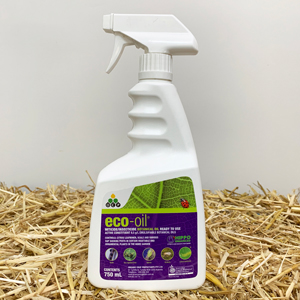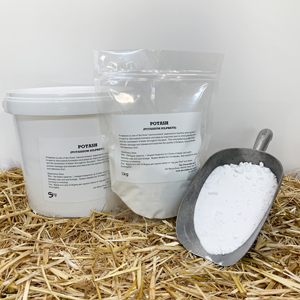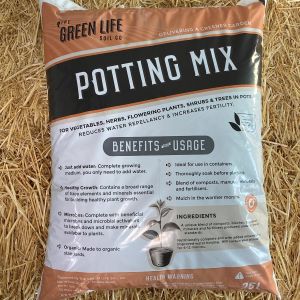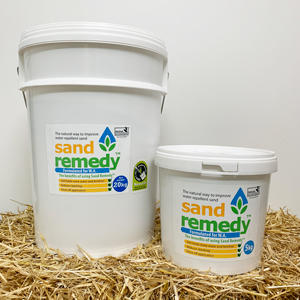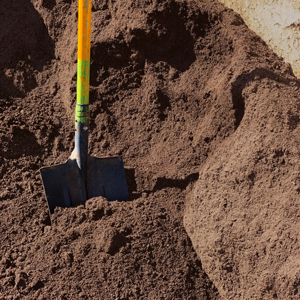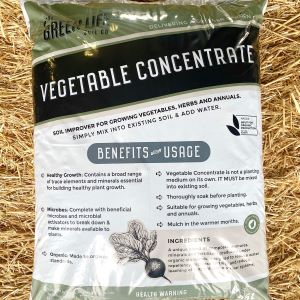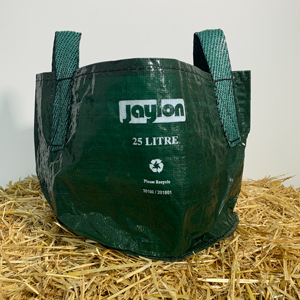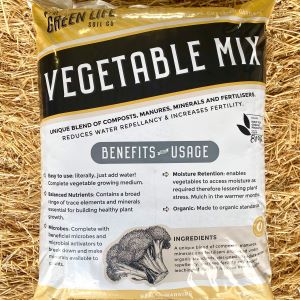| item(s), Total: $0.00 View Cart |
| Shopping cart is empty. |
Asparagus

Being a perennial plant, asparagus is a very rewarding addition to your vegetable garden.
Asparagus plants are dormant over winter, which is when the mature crowns can be divided and replanted. Asparagus can also be grown from seed (sown in spring) and is available as seedlings most of the year.
The advantage of planting crowns is that you have a more mature plant, and can generally begin harvesting in the 2nd year of planting, as opposed to seedlings which can take 3 – 4 years at least.
Plants can last 20 – 25 years so pick a spot to plant them where they can grow without being disturbed.
Many people are surprised to learn that the spears (which we all recognise as asparagus) when not picked, grow up into large, ferny foliage about 1.5 metres high! It is worthwhile to keep this in mind when picking the site; the ferns will shade other areas in the garden.
To plant crowns, dig a trench approx. 30cm wide and almost as deep. Place the crowns on a mound of soil and spread the roots out. Leave 40 – 50cms between each crown. Cover with a mixture of soil and compost to a depth of about 15cms and continue to add more rich soil as the plants begin to sprout. Trenches can be mulched with straw/pea straw to keep weeds down - do keep the beds weeded to prevent competition. Asparagus prefer a neutral to slightly higher pH soil (they can do surprisingly well in coastal areas) and don't like acidic conditions.
Spears will begin to appear late winter/early spring, and keep appearing through early summer. Then in late autumn the ferns will begin to yellow off. Once they turn brown, cut them back to a few centimetres above the soil. Top dress with manure & compost ready for spring. They are "gross feeders" - which means they're hungry plants. While they will survive without much fuss, you'll get bigger and fatter spears (and more of them) with some TLC and feeding a few times a year while they're actively growing.
Although they are surprisingly drought tolerant, keeping them well mulched over summer will keep the plants happier. They can then survive well on one deep watering per week. Established plants can have very deep root systems, so they do need to go in the ground as they mature (small plants can be kept in pots for a couple of years - but don't expect them to be productive).
Asparagus are relatively pest & disease free. Watch for snails as new shoots emerge, particularly if you are growing from seed or seedling. Asparagus contains potassium, Vitamins B & C and other anti-oxidants, and tastes delicious lightly steamed, and can also be baked, barbequed or fried! Picked young & fresh - spears are also delicious raw.
Battle of the sexes
Asparagus do have male & female plants - unfortunately it's impossible to identify the sexes until the mature plant starts to flower. Both males & females flower, but the female plants produce small red berries (seed pods). Consequently, the female plants can devote more energy into seed production than the spears - so usually they produce thinner ones (although they're entirely edible, of course). Unless you want your asparagus to reproduce by seed, you can remove flower heads as they begin to be produced. Once you are sure what you've got growing you may decide to divide your male plants - and just keep those ones producing over the years. If you have several plants (and a mix of male & female plants) you may not need to bother, providing you're satisfied with your crops.
The Green Life Soil Co usually has asparagus crowns in stock sometime in June/July. Contact us to enquire on Asparagus, or on any of our range of garden supplies and garden products.
Resources for Growing Organic Veggies & Herbs:
| item(s), Total: $0.00 View Cart |
| Shopping cart is empty. |





